Stinky dustbins, landfills that are brimming with inorganic, non-degradable wastes, and pollution of air, water and soil – how can one not be overwhelmed? And yet, these problems have been created over a long period of time, and have piled up into unmanageable mountains. Much as we may care for the environment, it seems inevitable that some waste will be generated from our homes too!
But apparently, for those who truly care, it is not impossible to withdraw from contributing to waste generation. Zero waste as a philosophy is catching up. It involves redesigning reducing, reusing and recycling resources to minimize trash.
Bea Johnson, a Zero Waste Lifestyle Leader-Speaker–Blogger, and author of ‘Zero Waste Home – Auteure de Zéro Déchet’ shares her own journey into making her household zero waste.
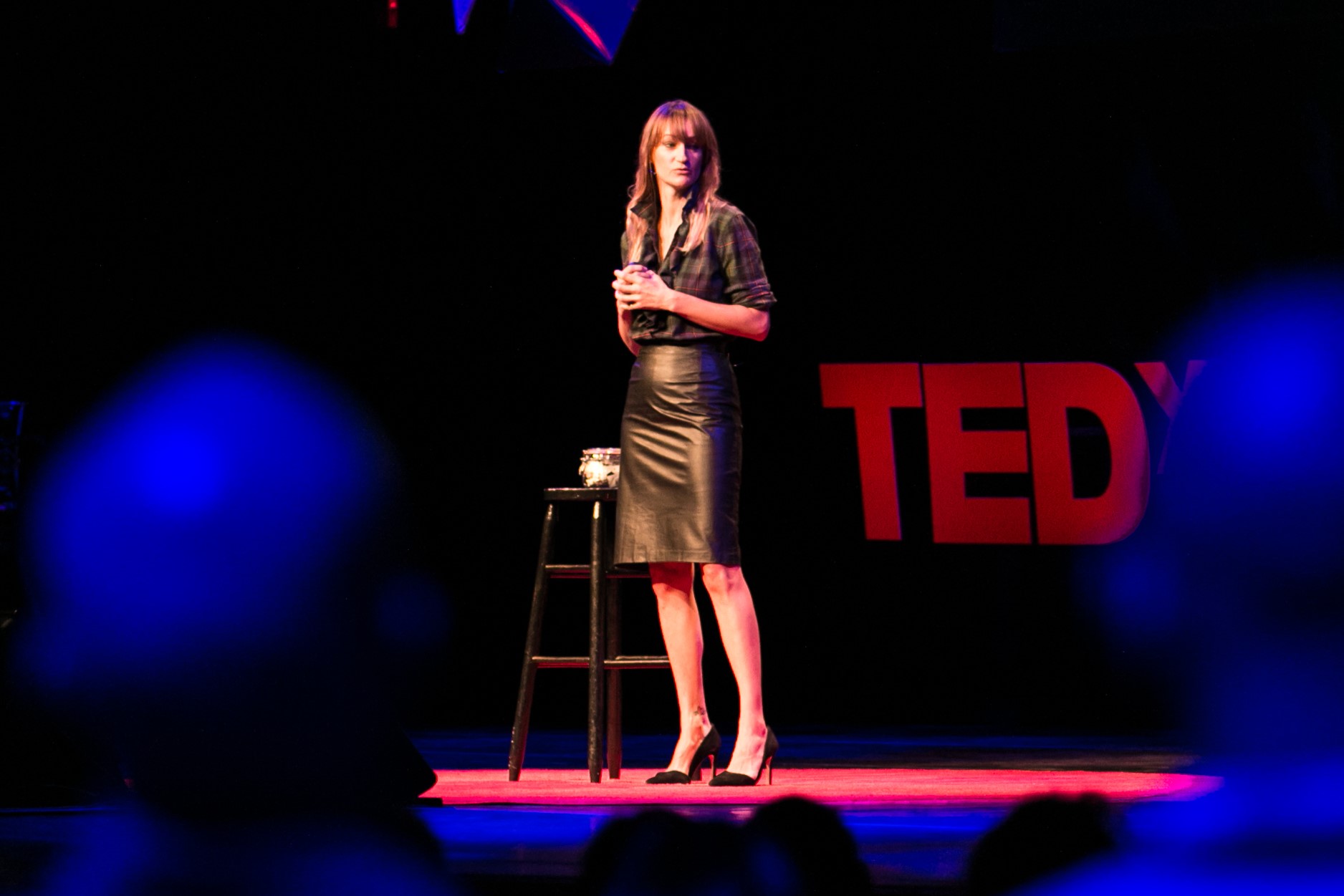
Achieving zero waste seems intimidating. How can one break this mindset?
“Zero waste seems difficult simply because, firstly, our civilization is so set in consumerism that it cannot imagine living otherwise. Second, there is a lot of misunderstanding about waste-free living: people tend to think that it costs more and takes more time. My vocation today is to shatter these misconceptions.
We found that the Zero Waste lifestyle is nothing that we would have expected it to be. It is not just good for the environment, it has also made us healthier, and saves us an incredible amount of time and money. I once urged my husband to compare bank statements from 2005 (pre-Zero Waste life) with 2010 (when we had already adopted Zero Waste as a lifestyle). He found out that we were saving 40% on annual household costs by living this way.
The savings of the Zero Waste lifestyle are so great that I beat myself for not doing it earlier. Zero Waste has even brought beauty into our life – glass jars are so much prettier than disposable packaging in my pantry, for example. But what I love most is the simple life, and how closer it has made my family. Voluntary simplicity has changed our daily routine in these ways:
- It has greatly simplified our cleaning (picking up the house only takes a few minutes each day).
- It makes our housework and professional work much more efficient.
- It has allowed us to play more (since simple living focuses on experiences versus stuff) and spend more time together (we always eat dinner together).
- It has even allowed us to travel more by being able to easily to rent our house when we’re gone (our minimalist wardrobes fit in carry-ons), which then funds vacation and family getaways!
In the end, it’s all good! And I wish everyone realized and enjoyed the great hidden benefits of this lifestyle.”
How one can begin with simple but meaningful actions?
“What my family does to generate only a one-quart size jar of trash per year is not that complicated. We simply follow a set of 5R’s IN ORDER, and so can you if you are looking to reduce your waste. We:
1- Refuse what we do not need (for example, single-use plastics, junk mail and freebies)
2- Reduce what we do need (furnishings, clothes)
3- Reuse by buying secondhand and swapping disposables for reusables (that includes shopping with reusables such as cloth bags, jars and bottles)
4- Recycle what we cannot refuse, reduce or reuse
5- Rot (compost) the rest (fruit peels, lint, hair, floor sweepings etc).
The most important thing one can do to stop waste and clutter from entering their home is to simply say no! Think before accepting something that is handed out to you. Turn down flyers, freebies, party favors, business cards, single-use plastics (such as plastic bags), and fight junk mail. Accepting these things not only creates a demand to make more, they are a waste of resources and once they are brought into our home, they add to the clutter and require effort to dispose of them later. Refusing is the first rule to living a Zero Waste, simple lifestyle. Give it a try; you’ll be amazed how much stuff you’ll be able to stop from coming in.”
How long did it take you to be able to go completely zero waste?
“It is downsizing that triggered our rethinking. Our transformation was not overnight, but rather gradual. It took two years for us to go from living in a large home to choosing a more environmental-friendly way of living. And then, one more to find a system that works for us, which meant researching, testing, and then adopting waste-free alternatives.
The first year (2006), we moved into an apartment with only the necessities and stored the rest – that’s where we learned that living with less allowed us to live more. The second year, we bought a house half the size of the previous one, we let go of 80% of our belongings (including those that we had stored) and then our voluntary simplicity opened time to educate ourselves on environmental issues – that’s when we decided to change our ways for the sake of our kids future and aim for zero waste.
Our biggest challenge at that point was finding balance, figuring out what works for us and what does not. There were no books or blogs on how to do zero waste when we started in 2008. So I googled alternatives and tested many recipes and how-tos. But I eventually got too wrapped up into homemaking: At one point, I was making cheese, bread, yogurt, soy milk, butter, etc. Some of these ideas were too extreme, too time consuming, and we later dropped them for the sake of simplicity. For example, we realized that there was no need for us to make bread if we could buy it unpackaged either directly from the bakery or from the bakery bins.
Since 2009, we have zero waste on auto-pilot in our home. It is easy and natural for us. We found that for zero waste to be sustainable in a household, one has to adopt alternatives that fits his/her schedule and are feasible in the long run!
I wrote ‘Zero Waste Home: The Ultimate Guide to Simplifying your Life by Reducing your Waste’ to share all I know about this lifestyle and the waste-free alternatives that we have discovered, so that others can adopt them and achieve zero waste much faster that it took us.”
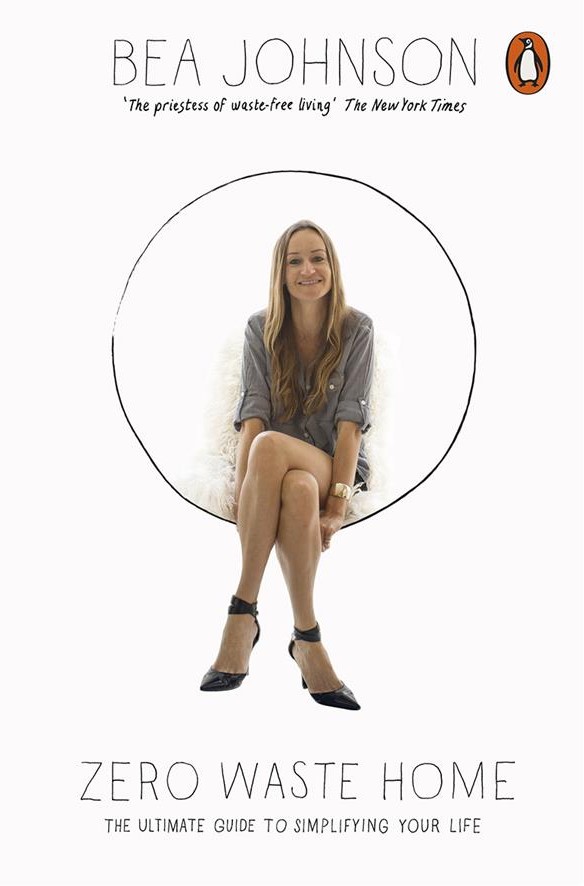
How can one move from making just a household zero waste to influencing an entire community…?
“The best way to inspire others is to live by example. Don’t wait for change to just happen, “Be the change that you wish to see in the world” – Gandhi. Adopt the zero-waste lifestyle and others around will follow your lead.
Some people say that individual actions do not matter. I, on the contrary, believe that change starts at home because shopping is voting: each purchase that we, consumers, make has the power to support either a sustainable practice or an unsustainable one. It is our purchasing decisions that lead the manufacturing world. Furthermore, if you’re not happy with a product or its packaging, let your voice be heard! Send a letter, an email or the packaging back to the manufacturer to propose alternatives.
Since 2009, my family’s zero waste lifestyle has inspired thousands throughout the world to follow our lead. It really is humbling! We never expected that a movement would launch or that my book would be translated in 15 languages!”
Please join the Zero Waste community via Bea’s blog, zerowastehome.com and on social media (Facebook, Twitter, Instagram @zerowastehome).
Bea’s Tips for Zero Waste
Get your 5Rs right: Refuse what you do not need, Reduce what you do need, Reuse what you consume, Recycle what you cannot, and Rot (compost) the rest.
Kitchen
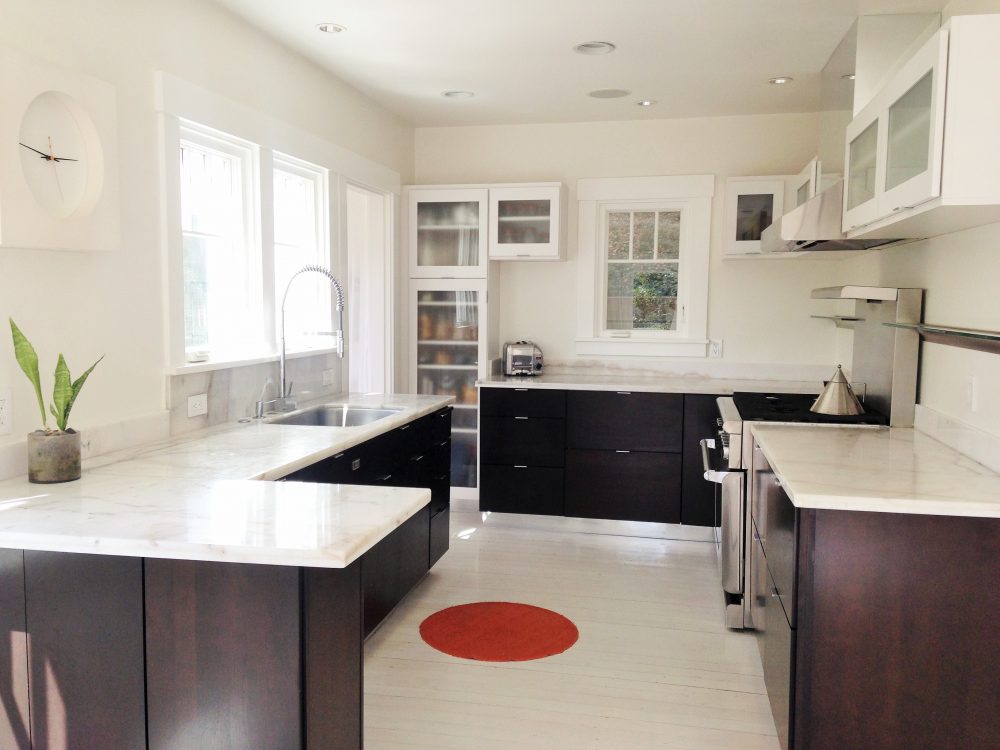
- Use alternatives to disposables such as reusable rags
- Compost kitchen waste
- Use your own reusable bags when shopping
- Use baking soda as a scrubber with a compostable cleaning brush (a wooden one with natural hair).
- Reinvent Your leftovers before they go bad.
Bathroom
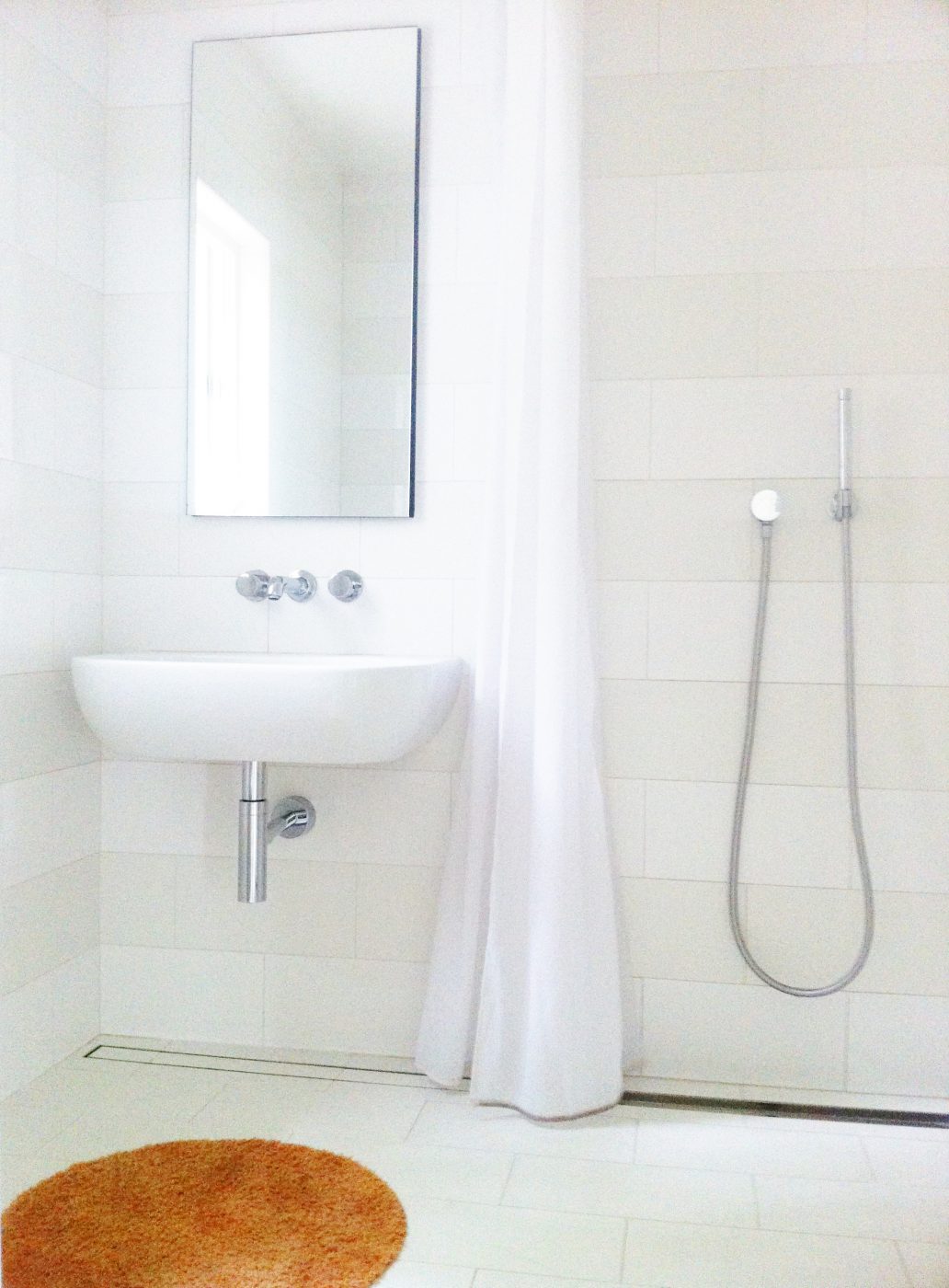
- Use an alum stone or straight baking soda as antiperspirant
- For shaving, (re)use a safety razor
- To exfoliate, use bulk baking soda. For a mask, use bulk clays(French, Kaolin, Bentonite, etc…), mixed with water or apple cider vinegar.
- Reduce Your cosmetics and instead use homemade substitutes
- In lieu of disposable feminine products, invest in a menstrual cup and reusable liners
- For your nails, use a nail clipper, stainless steel file and homemade balm for moisture and shine
- Earbuds are best avoided
- Hair and nail clippings can also be composted.
Cleaning
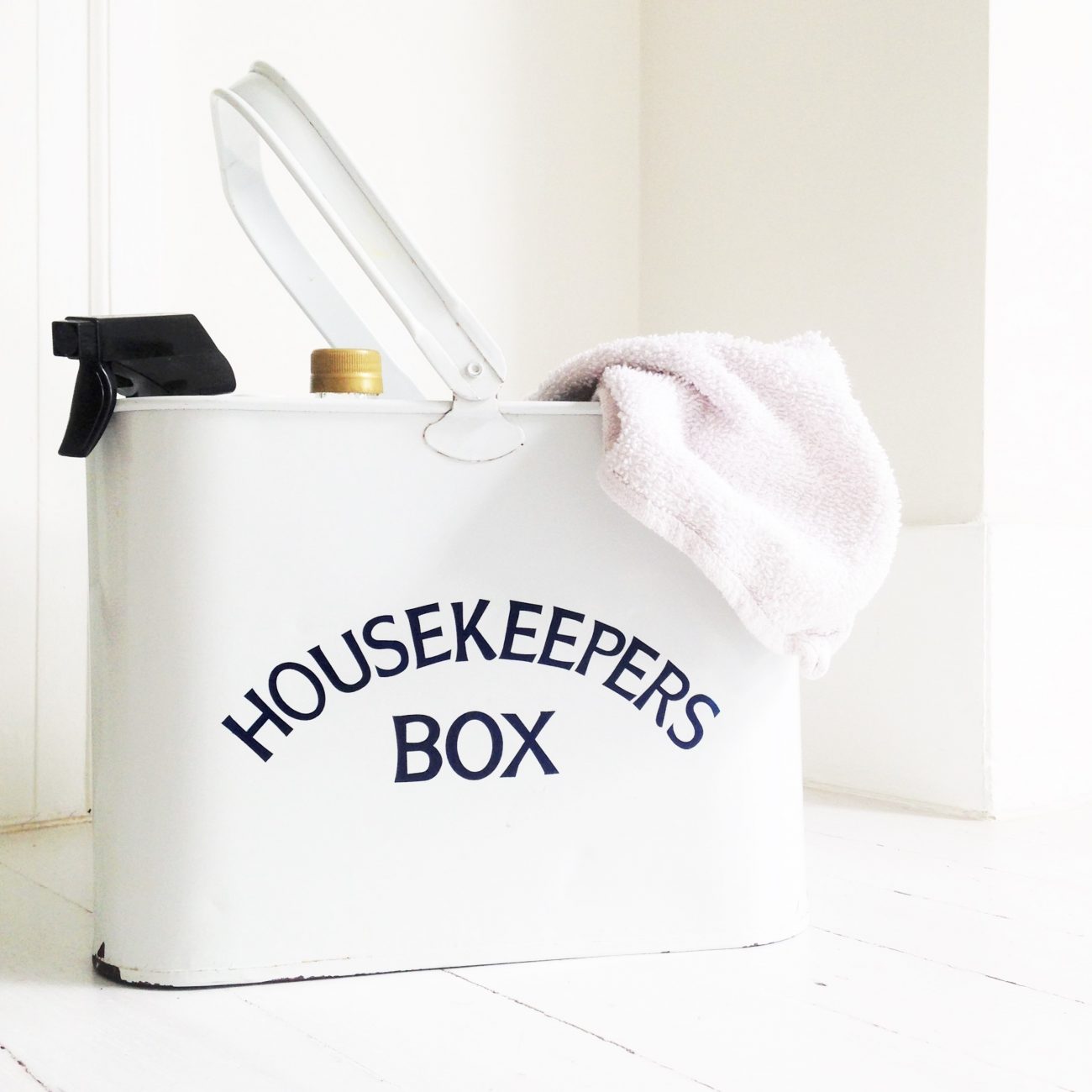
- Use a metal scourer on stainless steel, a wooden brush for light scrubbing, an old toothbrush for hard-to-reach places and rags for everything else
- Use rags on your un-washable messes (wax/auto grease/glue/caulk)
- Let houseplants absorb toxins and clean your air. Open a window instead of plugging in an air freshener
- Laundry washing once a week saves time and dryer energy costs
- Iron fewer things and use a homemade starch in a stainless spray bottle.
Dining and Entertaining

- Use ceramic dishes and cloth napkins at all times
- Avoid The use of serving platters/dishes. When serving straight onto dinner plates, it simplifies the meal, saves water from extra cleaning, and it allows for a plate presentation.
- Find creative ways to decorate your table with few napkin folding tricks, discarded leaves/branches from the yard, or just seasonal fruit…
- Stop buying CD and DVD’s – download music and videos online
- Educate your friends about your zero waste efforts (so they don’t bring waste into your home).
Office
- Refuse, and therefore help stop the madness of the free-pen free-pencil giveaways
- Use refillable pens, piston fountain pens, mechanical pencils, refillable white board markers and donate extra office material (paper, pencils) to schools in need
- Start your personal junk mail war, cancel your phone directories, and sign up for electronic bills and statements
- Reuse single-side printed paper for printing or making notepads held by a metal clip, reuse junk mail response envelopes and when buying new paper, choose recycled and packaged in paper
- Ditch the trash can; strive to use your compost and recycling bins exclusively.
- Reuse paper clips instead of staples
- Use your library to read business magazines and books, sell your books or donate them to your library for other people to enjoy
- Use memory sticks and external drives instead of CDs.
Closet
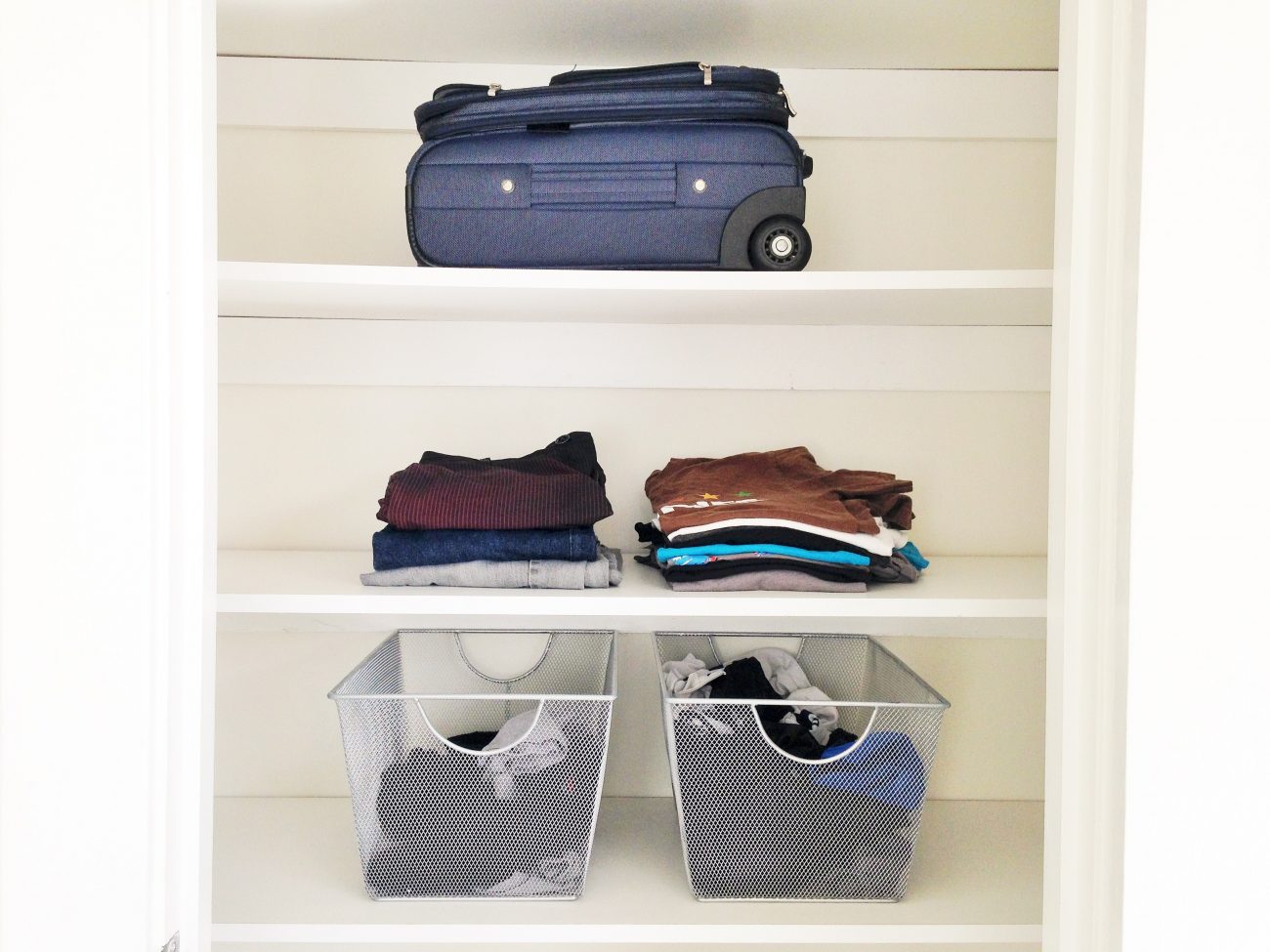
- Stick to minimal wardrobes, shoes and purses
- Only shop a couple times a year to avoid compulsive buys
- Buy second-hand clothing
- If you must buy new, buy quality with minimal tags (leave the shoe box at the store)
- Be ruthless on fit; if it fits well, you’re most likely to wear it
- Bring a reusable bag for your purchases
- Donate unworn pieces.
- Keep some of your worn-out clothes for rags and label the rest as ‘rags’ for Goodwill to recycle.
- Learn some sewing tricks (like shortening a hem or darning).
- YOU CAN ALSO…take clothes to the tailor for a better fit so you’ll actually wear it
- Keep a handkerchief in your purse/bag instead of disposable tissue.
Medication
- Keep only a minimal supply, so you can see what you have.
- YOU CAN ALSO… reconsider your true need for vitamins (as opposed to a healthy varied diet) and use sunscreen moderately (you don’t want skin cancer or vitamin D deficiency).
About Bea
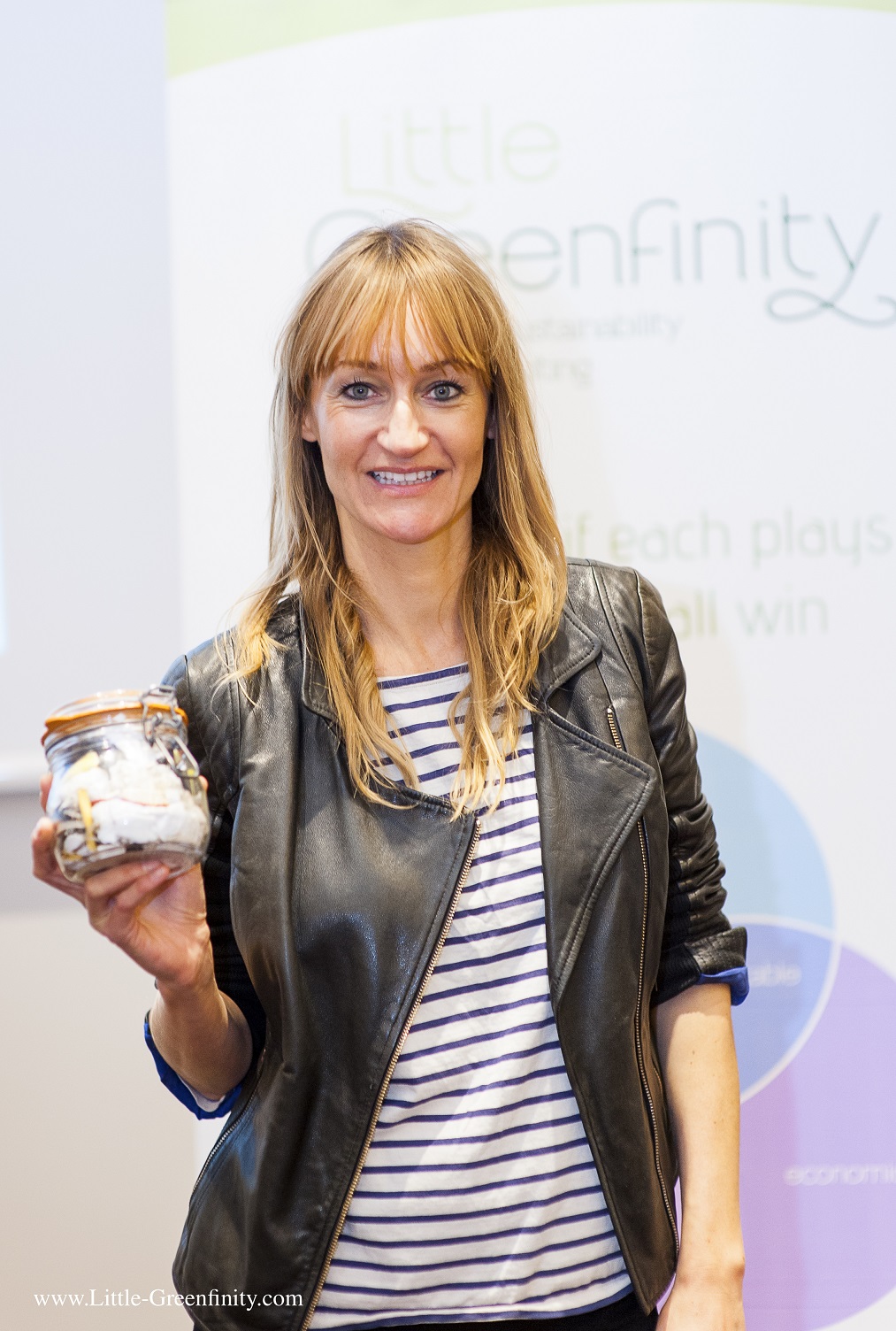
In 2008, Bea Johnson and her family adopted a zero-waste lifestyle; their household has since produced a mere pint of trash per year. With her blog and bestseller Zero Waste Home (translated in 15 languages), Bea launched a global movement and continues to inspire a growing community to live simply and take a stance against needless waste. Her methodology is based on 5R’s: ‘Refuse, Reduce, Reuse, Recycle, Rot, and only in that order’. She shatters misconceptions, proving that zero waste can not only be stylish, but also lead to significant health benefits, and time and money savings. She speaks at universities, corporate events and conferences all over the globe, including Google, Adobe, Pixar, Cirque du Soleil, the European Parliament and the United Nations. She has completed six international tours and given 170+ speeches in 25+ countries on five continents. She has appeared on TV shows and in publications everywhere, from The Today Show to BBC Breakfast. Passionate and optimist, she was dubbed ‘The Priestess of Waste-Free Living’ by the New York Times and is the leading spokesperson for the zero-waste lifestyle. She is a Grand Prize winner of The Green Awards, and a French native who currently lives in Mill Valley, California.















































